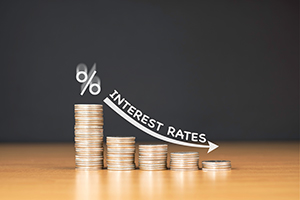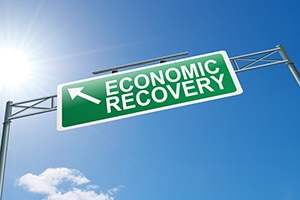The bad news this past week is that the medical risks are still rising. Outbreaks in several states, notably Arizona, California, Florida, and Texas, have continued to get worse. All have shown significant spikes in cases in recent days, and health care capacity is becoming a concern in some cities. Multiple other states have also seen expanded case growth, although not yet at the levels of those four. At the national level, as of July 1, the number of new cases broke above 50,000 for the first time, and the daily spread rate is now approaching 2 percent per day. Similarly, even as the number of tests continues to rise, the positive rate is also increasing. The breadth and magnitude of the outbreaks continue to increase the risk at a national level.













